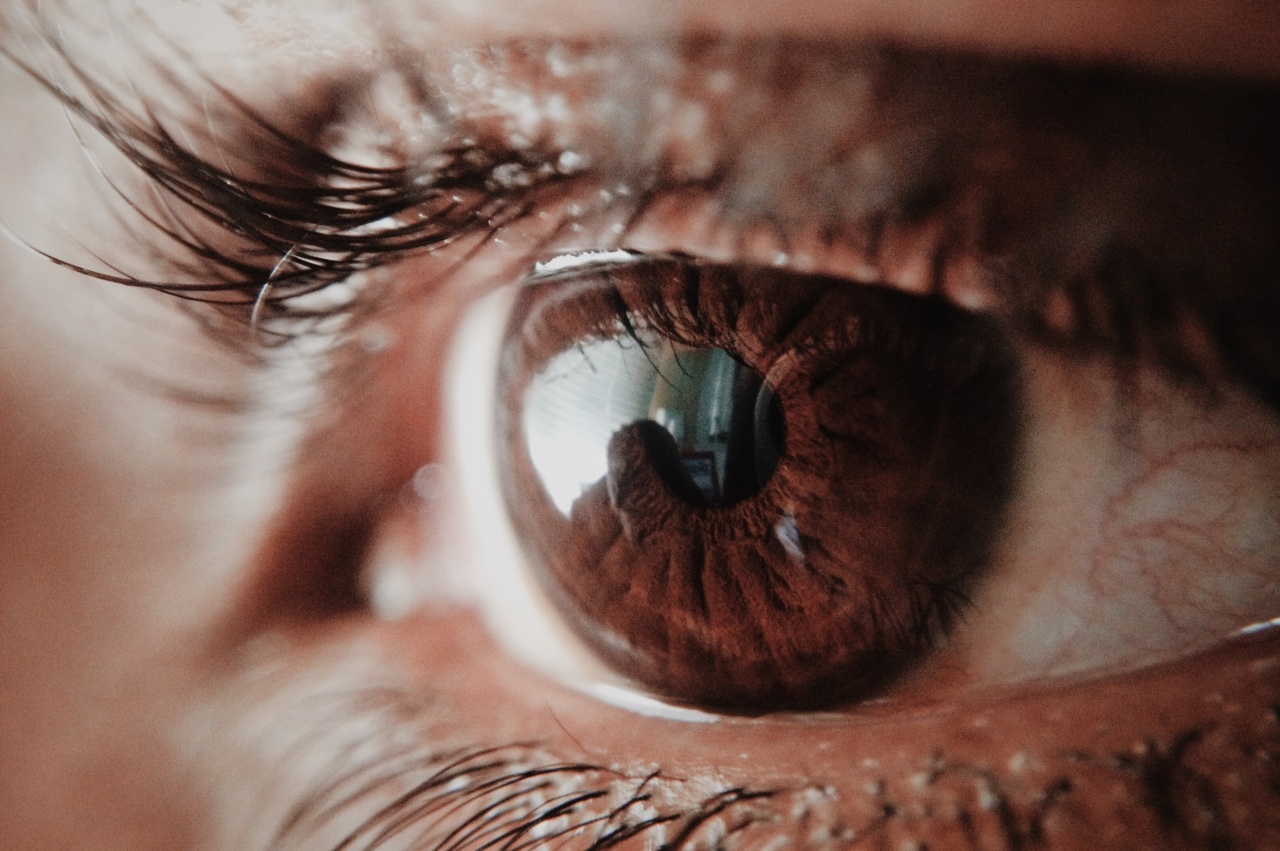Skin cancer is one of the most prevalent types of cancer, affecting people of all ages and ethnic backgrounds.
It occurs when there is an abnormal growth of skin cells, usually as a result of excessive exposure to the sun’s harmful ultraviolet (UV) rays. Skin cancer can manifest in various forms and can have serious health implications if left untreated.
The Importance of Early Detection
Early detection of skin cancer is crucial for successful treatment. Regular self-examinations, coupled with awareness of the signs and symptoms of the disease, can significantly increase the chances of identifying skin cancer in its early stages.
By recognizing the warning signs and promptly seeking medical advice, you can potentially save lives and prevent the spread of this disease.
Recognizing the Signs
While skin cancer can appear in different ways, there are several common signs and symptoms that individuals should be aware of:.
1. Unusual Moles or Freckles
One of the primary indicators of skin cancer is the presence of new moles or freckles, or a noticeable change in the appearance of existing ones.
Keep an eye out for any moles that are asymmetrical, have irregular borders, vary in color, or are larger than 6 millimeters in diameter. These could be potential signs of skin cancer.
2. Skin Lesions or Sores
Skin lesions or sores that do not heal within a reasonable time frame may be indicative of skin cancer. If you notice any persistent sores that continue to bleed, scab, or remain open, it is crucial to have them examined by a dermatologist.
Such symptoms could signify the presence of skin cancer.
3. Changes in Skin Texture
Be mindful of any changes in the texture of your skin, such as rough patches, scaly areas, or thickening of the epidermis. These alterations, particularly if they occur suddenly or without any specific cause, could suggest the presence of skin cancer.
4. Redness or Inflammation
Persistent redness or inflammation of the skin may be a sign of certain types of skin cancer, such as basal cell carcinoma or squamous cell carcinoma.
If you notice any unusual redness or inflammation that does not subside with time, it is advisable to seek medical attention.
5. Itching or Pain
Constant itching or pain in a specific area of your skin could be indicative of skin cancer. While these symptoms may be caused by other factors, they should not be ignored.
If such sensations persist or intensify over time, it is essential to consult a healthcare professional.
6. Changes in Nail Beds
Pay attention to any changes in your nail beds, including discoloration, dark streaks, or the separation of the nail from the nail bed itself.
These changes may not always be related to skin cancer, but it is recommended to have them assessed by a dermatologist to rule out any potential risks.
7. Spots or Bumps
Be vigilant for the appearance of new spots or bumps on your skin. While not all spots are indicative of skin cancer, it is important to monitor their development and seek medical advice if they persist, grow, or change in appearance.
8. Family History
If you have a family history of skin cancer, it is crucial to be extra vigilant about monitoring your skin for any suspicious changes.
Genetic factors can increase the risk of developing skin cancer, and regular dermatological check-ups are especially important in such cases.
9. Previous Skin Cancer Diagnosis
If you have previously been diagnosed with any form of skin cancer, it is crucial to stay vigilant and monitor your skin regularly for any signs of recurrence. Individuals with a history of skin cancer have a higher risk of developing it again.
10. Sun Exposure
Excessive exposure to the sun’s harmful ultraviolet (UV) rays is one of the primary risk factors for the development of skin cancer.
Protecting your skin by wearing sunscreen, seeking shade, and wearing protective clothing can significantly reduce the risk of skin cancer.
Conclusion
Recognizing the signs of skin cancer is of utmost importance in order to detect the disease early and seek appropriate medical care.
Regular self-examinations, awareness of the warning signs, and frequent visits to a dermatologist can significantly increase the chances of successful treatment and recovery. By incorporating sun protection habits into our daily lives and educating ourselves about the signs of skin cancer, we can contribute to a healthier future.























